Cumbria Museums and Galleries

Unearth surprising facts about how the Romans defended their north-western frontier on this walk beside one of the best preserved sections of Hadrian’s Wall.
Follow the trail
Distance: 2.8 miles/4.5km
Total ascent: 375ft/114m
Approximate time: 90 minutes plus time for sightseeing
Start/finish: Birdoswald Roman Fort car park, grid reference NY617664. Birdoswald is a 30-minute drive from Carlisle city centre. It is reached by taking the A69 to Brampton and then a minor road northeast via Lanercost and Banks.
Terrain: Farm and woodland paths, muddy in places; rough tracks; quiet roads
Notes: To avoid creating worn lines in the grass and to help protect the archaeology, visitors are asked not to walk in single file beside the Roman wall.
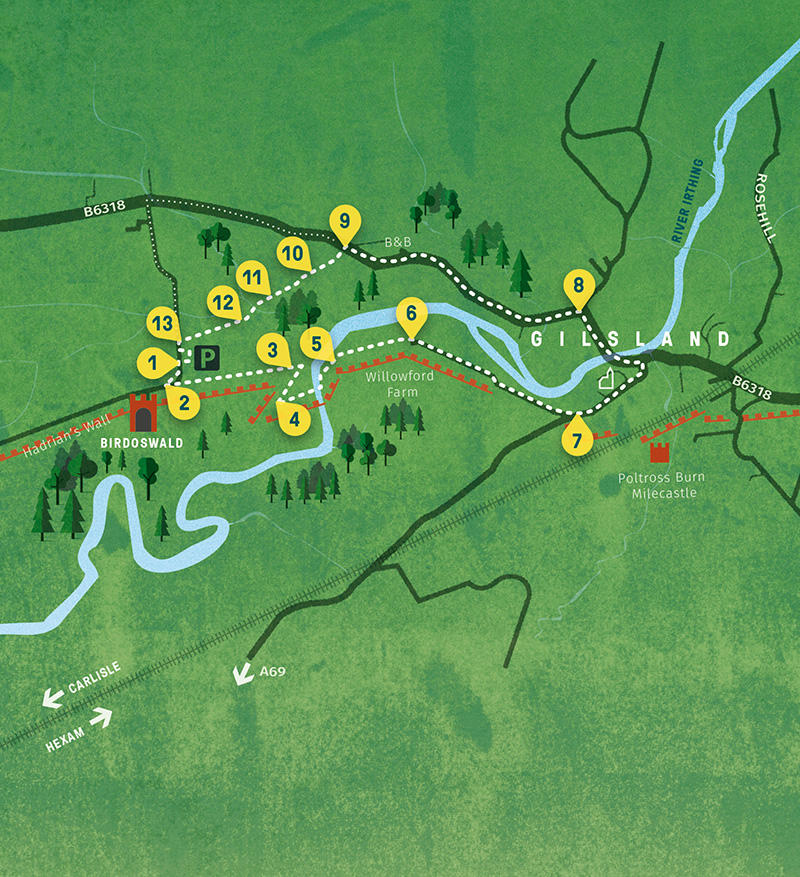
1 Leave the car park and turn left. Follow the walkway/road round to the right.
2 Watch for a large wooden gate on the left and go through the kissing-gate next to it. Turn sharp left to walk beside Hadrian’s Wall.
A The longest continuous stretch in existence, this is an understandably popular section of Hadrian’s Wall. But wall tourists aren’t a modern phenomenon: even in Roman times, visitors came to see this impressive frontier. To mark their expedition to this imposing structure, visitors took souvenirs home with them, articles such as the ornate Ilam Pan on display in Tullie House.
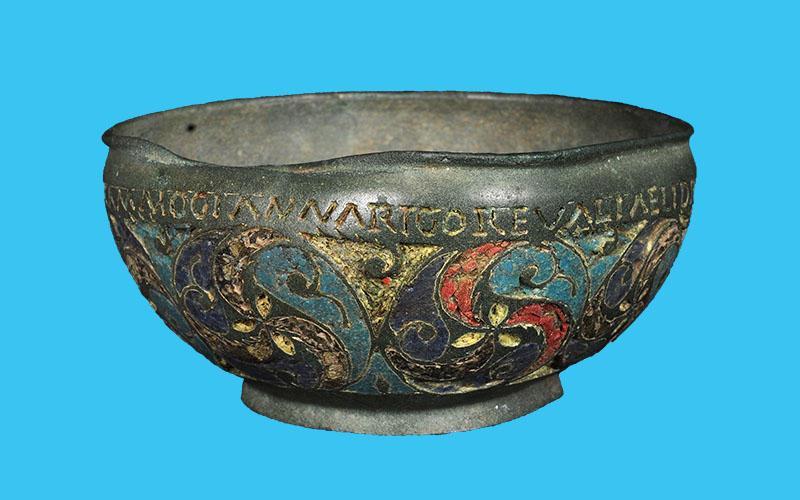
Follow the Hadrian’s Wall Path National Trail – indicated by white acorns on a black background – through the next kissing-gate and around the side of Milecastle 49.
B Milecastles were small forts placed at intervals of approximately one Roman mile all along Hadrian’s Wall. Milestone 49 marks the beginning of the Turf Wall… you can find out more about this in the Tullie House Roman Frontier Gallery.
3 Drop to the right on a broad, stony track.
4 Leave it after 180 metres by following the National Trail left. Cross the River Irthing.
C Still following the white acorns, you reach the remains of the eastern abutment of the Roman bridge over the Irthing. The river has shifted west since Hadrian’s time.
5 The trail swings to the left of the abutment and follows another section of Hadrian’s Wall up to Willowford Farm.
D Excavations along Hadrian’s Wall over the years have come up with thousands of fascinating finds. Some of the most enigmatic artefacts are the intriguing face pots. Likely to be ‘cult’ objects, two beautifully intact examples, discovered at Burgh by Sands and Carlisle, can be seen today in Tullie House.
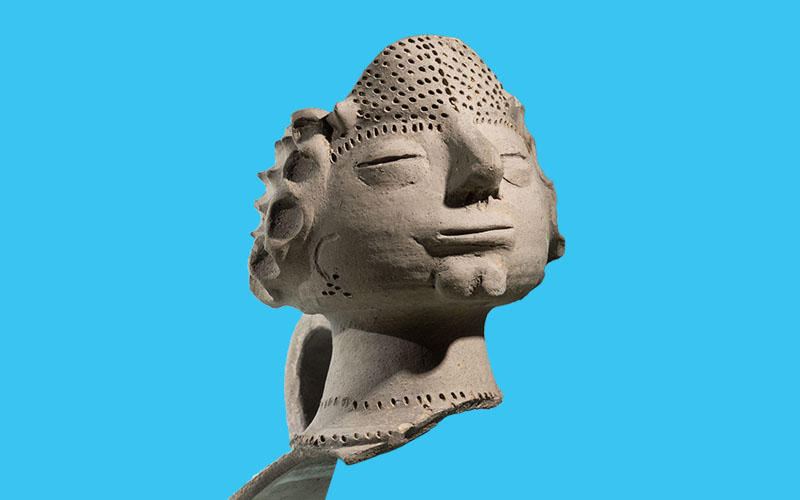
6 Join the farm track. As the track later crosses to the other side of the wall, watch for the remains of a turret on the left.
E There would have been two turrets – small watch towers – between milecastles along the length of the wall.
7 On reaching the road, turn left. Entering Gilsland, follow the road round to the left – towards Walton.
8 About 140 metres after a road bridge, turn left – signposted Birdoswald.
F You’re soon able to look back down on the River Irthing and the Willowford section of Hadrian’s Wall. By the third century, the bridge here was probably wide enough to carry the road that ran beside much of Hadrian’s Wall. Milestones have been found along the length of the wall and elsewhere in Cumbria. The Carausius Stone housed in Tullie House was discovered just south of Carlisle, an engraved Roman milestone telling the fascinating story of an emperor’s downfall.
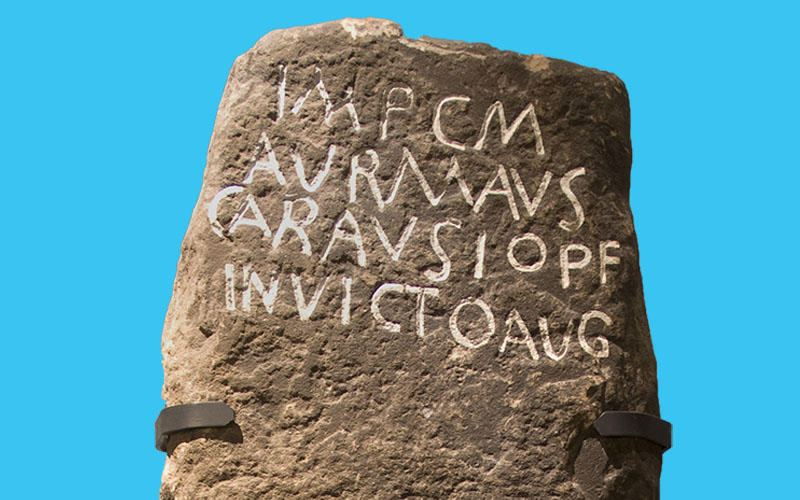
9 About 275 metres after passing the entrance to the Hill on the Wall B&B – and just as you draw level with a rough track on the right – go through the gate to the left of the road. A fingerpost indicates a path to Birdoswald. Walk with the wall on your left at first, but then, at the wall corner, veer slightly right of your previous line to a kissing-gate on the other side of the field.
G Look up to the high ground to the south and you’ll see the Birdoswald section of Hadrian’s Wall again. The nearby fort would’ve been occupied from AD122 until about AD400. As a tombstone unearthed in a nearby field in 1961 and now on display in Tullie House shows, the soldiers weren’t necessarily from Rome. The inscription reveals it marked the burial place of Gaius Cossutius Saturninus, from Hippo Regius, a town in modern-day Algeria. Tullie House also displays another deathly display of a more gruesome nature – a Roman murder victim discovered at the bottom of a well in Carlisle!
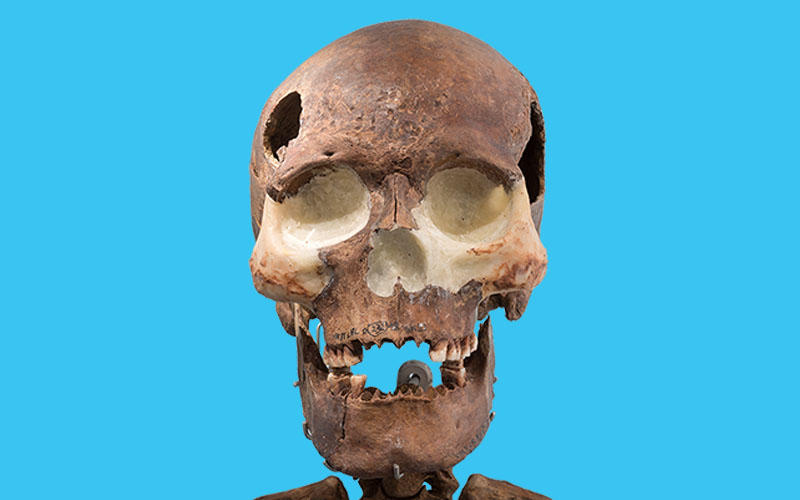
10 Go through the gate and continue in roughly the same direction, across a second field, to another kissing-gate.
11 A sometimes muddy trail drops through the trees. Cross the footbridge over Harrow’s Beck and climb the steps on the other side.
12 In the next field, veer slightly right of your previous line – walking almost parallel with the fence over to the right – to reach a pair of gates.
13 Turn left along the road. The entrance to the Birdoswald car park is on the left – or continue along the road to visit the fort.
H A sculpture of a single hooded figure found at Birdoswald is on display in Tullie House. The museum also has another sculpture showing three such mysterious figures. They’ve become known as the Three Hoodies.
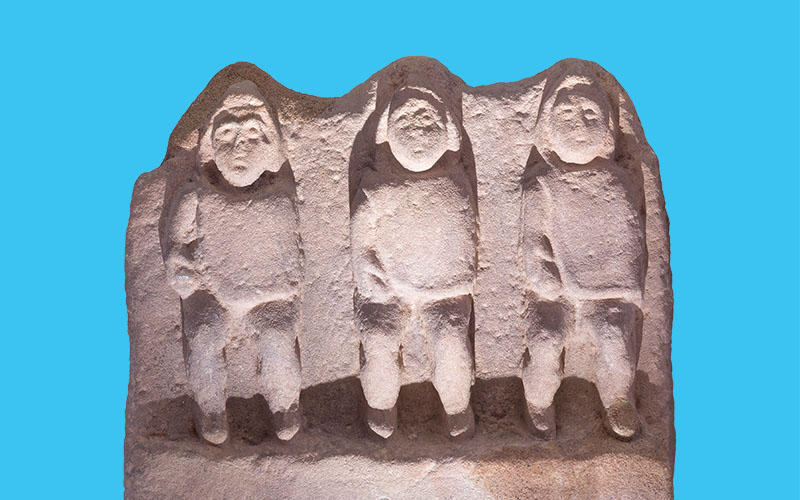
Alternative end section avoiding fields: To bypass the field section starting from waypoint 9, continue along the road and then take the next turning on the left – signposted Birdoswald – to rejoin the route at waypoint 13. This adds 550 metres to the total distance.
Choose one of our Trails of the Unexpected by either downloading a pdf or following the trail online. Explore the trails to discover the secrets of the Reivers’ clans, gems of the Arts and Crafts movement, the landscape that inspired Wordsworth, fascinating creative characters and Roman artefacts connected to Cumbria’s northern frontier. Start your trail below.